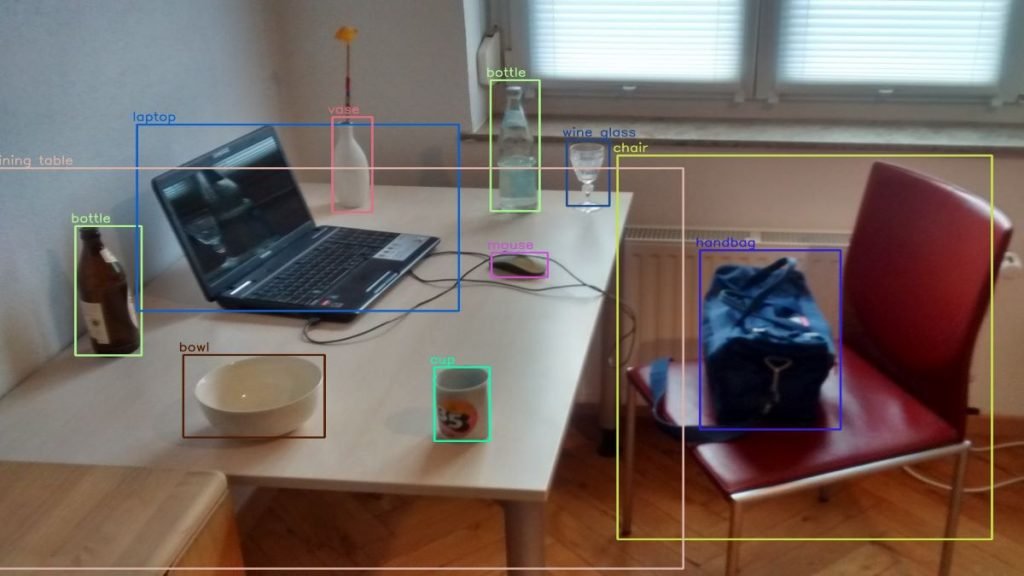Introduction to Cognitive Neuroscience
Cognitive neuroscience is the study of how the brain enables the mind to think, remember, and perceive. It is a relatively new field that combines cognitive psychology and neuroscience. Cognitive neuroscience is concerned with how the brain produces higher-level mental functions such as language, memory, and consciousness. Researchers in this field use a variety of …


